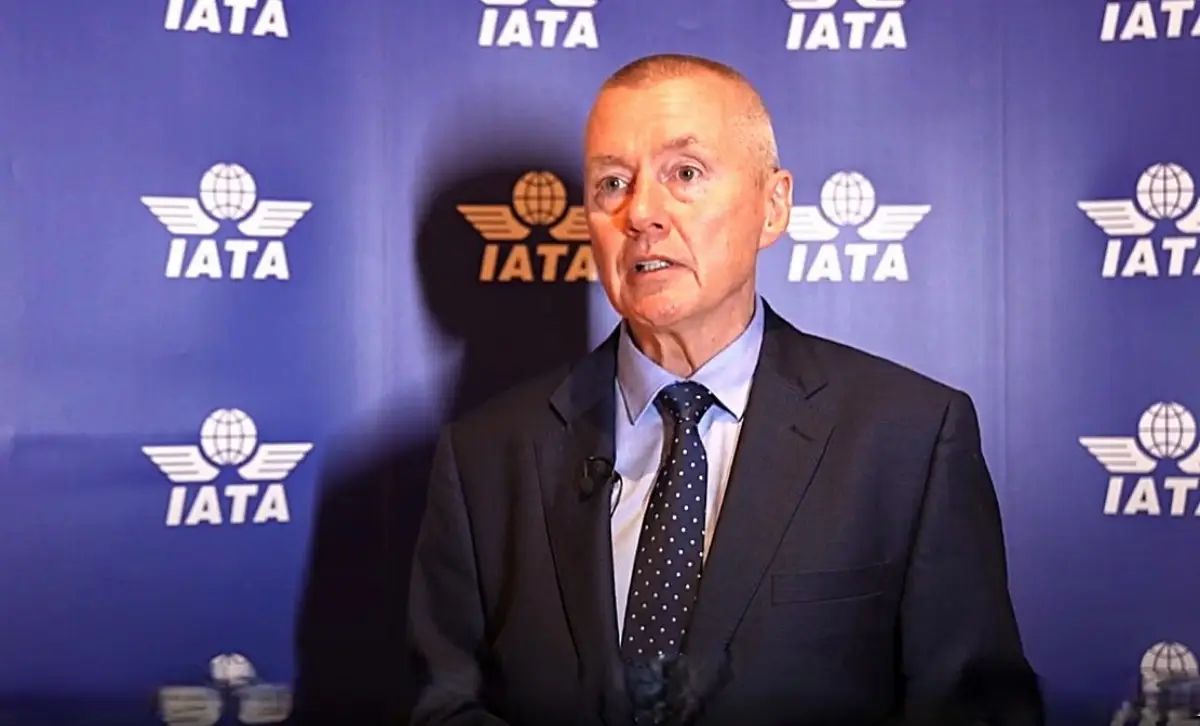
IATA (6): growing profits and critical challenges between SAF and aeronautical supplies
Between "headwinds" and sustainability costs, CEO Walsh outlines a complex picture of the aviation sector /VIDEO

The air transport industry, while demonstrating remarkable resilience, is facing "headwinds" that have led the International Air Transport Association (IATA) to downgrade its traffic and profit forecasts for 2025. This emerged during the 81st Annual General Meeting (AGM) closing today in New Delhi, where Director General Willie Walsh outlined a complex picture, emphasizing the need for vigilance in the face of new challenges.
Fewer passengers and contained profits despite resilience
Contrary to initial expectations, IATA estimates that fewer than five billion air trips will be made in 2025, down from the previously forecast 5.22 billion. This revision reflects the "significant uncertainties in global markets" that have emerged in the first half of the year. Cumulative profit forecasts for carriers have also been slightly downgraded, standing at $36 billion, $600 million less than previous estimates. Total revenues are now expected to reach $979 billion, below the one trillion-dollar mark.
Despite the downgrade, Walsh described the outcome as "strong" given the global context. "Considering the headwinds, this is a robust result that demonstrates the resilience airlines have worked hard to build", the DG told delegates. However, he reiterated that despite total billions in profits, the margin per passenger remains thin, at around $7.20. "It is still a thin margin", he warned, "and any new tax, airport or navigation fee increases, demand shocks, or costly regulation will quickly test the sector’s resilience". The DG then urged policymakers to keep in mind the crucial role airlines play as the hub of a value chain that employs 86.5 million people and supports 3.9% of global economic activity.
Sustainable Aviation Fuels (SAF), aircraft production, and air cargo: ongoing challenges
Another key point in Walsh’s address concerned Sustainable Aviation Fuels (SAF). Although its production is expected to double to 2 million tonnes by 2025, it will cover only 0.7% of total aviation fuel demand, adding an estimated cost of $4.4 billion. The DG voiced strong criticism towards fuel suppliers, accusing them of "profiteering" on limited stocks and imposing "compliance fees" that in Europe double the cost of SAF.
Furthermore, persistent supply chain issues for aircraft manufacturers continue to weigh on the sector. Deliveries projected for 2025 are 26% below commitments, with a backlog of 17,000 aircraft and waiting times that can reach up to 14 years. Walsh described it as "unacceptable" that these problems remain unresolved before the decade’s end.
Air cargo forecasts were also revised downward, with an estimate of 69 million tonnes for this year, down from the previously expected 72.5 million tonnes.
The growing role of India
India, which hosted this year’s AGM, was recognized as an increasingly pivotal player in the global aviation sector. Walsh highlighted how the number of air travellers in the country is expected to double by 2030, reaching nearly half a billion annually.
In summary, the air industry demonstrates resilience amid economic uncertainties and operational challenges. However, the DG’s remarks underscore the necessity of careful cost management, particularly concerning sustainability and supply chain inefficiencies—factors that will require ongoing attention from all stakeholders.
Below, the official video of Walsh’s speech at the 81st AGM in New Delhi:
AVIONEWS - World Aeronautical Press Agency